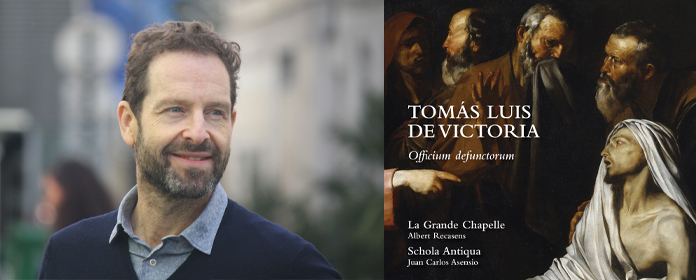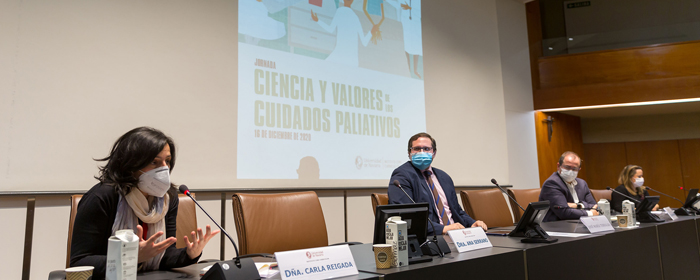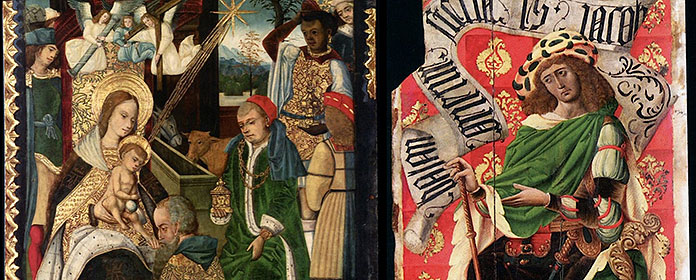La Grande Chapelle's new album offers the first complete version of Tomás Luis de Victoria's official document de Difuntos, a masterpiece of the Spanish musical Renaissance.
It is the result of a research of the ICS of the University of Navarra and was presented in an online event with speakers from the University of Oxford and Schola Cantorum Basiliensis, among other institutions.

For the first time in a recording, the complete version of the Officium defunctorum (official document de difuntos) by Tomás Luis de Victoria, a masterpiece of the Spanish musical Renaissance, has been restored. It is the result of a long research that Albert Recasens has developed in the Institute for Culture and Society (ICS) of the University of Navarra and has been edited with the sponsorship of the Centro de programs of study Europa Hispánica and the support of the Consejería de Cultura y Turismo de la Comunidad de Madrid.
Recasens has made the recording in front of his ensemble, La Grande Chapelle, and has had the support of the Schola Antiqua de Madrid, an ensemble specialized in Gregorian chant directed by the prestigious expert in Gregorian chant Juan Carlos Asensio, at partnership .
The work was presented in an online event. In addition to Albert Recasens, speakers included Tess Knighton, ICREA Professor at the Departament d'Art i de Musicologia at the Universitat Autónoma de Barcelona and Emeritus Fellow of Clare College (University of Cambridge); Owen Rees, Professor of Music at Oxford University and author of The Requiem of Tomás Luis de Victoria (2019); Daniele V. Filippi, researcher at the Schola Cantorum Basiliensis, Switzerland and author of Tomás Luis de Victoria (2008); and Juan Carlos Asensio, professor at the Escola Superior de Música de Catalunya and director of Schola Antiqua.
Historical context and musical value of the work.Among other issues, the speakers addressed the historical context and the musical value of the work, the figure of Tomás Luis de Victoria in the light of the latest research, the importance of the Hispanic Renaissance in the European context, as well as the research carried out on the work and its recovery process to make it available to society.
Tomás Luis de Victoria (1548-1611) composed the Officium defunctorum as a "swan song" for the funeral of Empress Maria of Austria, sister of Philip II and widow of Emperor Maximilian II. "She was one of the most powerful women of her time, and after becoming a widow she returned to Spain, where she continued her diplomatic work while promoting the arts and the counter-reformist spirit," says Albert Recasens.
His funeral, which took place in 1603 in the convent of the Descalzas Reales and in the Imperial high school (now the church of San Isidro) in Madrid, was an important act of state. "They were celebrated with the solemnity that corresponded to a royal dignity. The temple was adorned with fabrics, tapestries, carpets and a tumulus was erected with insignias, shields, symbolic emblems and hieroglyphics, in what was a spectacle endowed with baroque theatricality", Recasens explains.
The recording restores the official document through the reconstruction of the documented musical cash, the liturgical contextualization -with the two original conference - and, finally, the recovery of four works not included in the 1605 edition.
"The musical reconstruction of Victoria's Requiem represents a new reading of one of the most outstanding works in the history of Spanish music and a unique approach to one of the great public ceremonies of the Habsburg dynasty in Madrid in the early 17th century," said researcher of the ICS and director of La Grande Chapelle.




